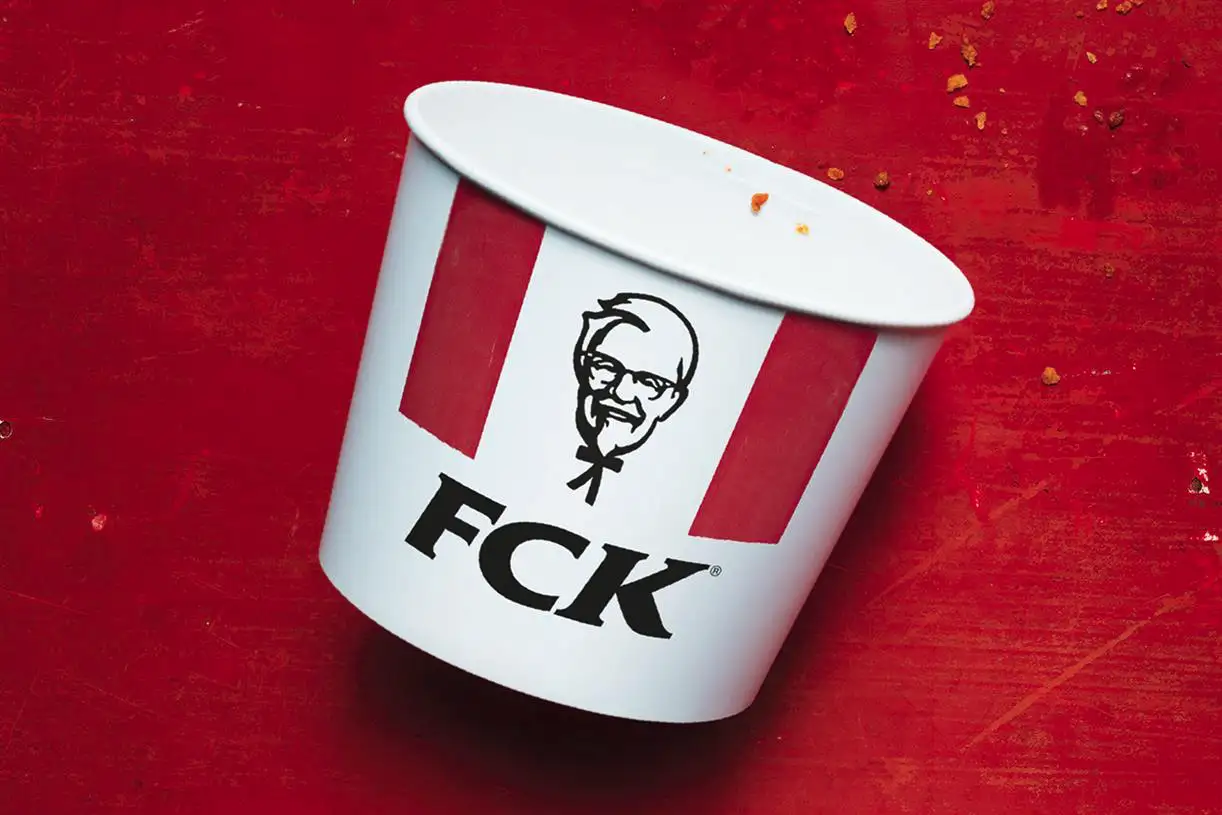Creative Advertising Campaigns: The Most Memorable Ads

Top-notch marketers possess the skills to shape a campaign’s vision, construct a strategy, create compelling visual and written content, evaluate data, and gauge the campaign’s effectiveness.
What Makes a Great Advertisement?
What defines a great advertisement? Regardless of the advertising method, a successful ad shares several key qualities:
Clear Message: An effective ad communicates its message clearly to avoid confusion and capture the audience’s attention amid the advertising noise.
Storytelling: Storytelling creates a deeper connection with the audience, making the message more memorable and helping the brand stand out from competitors.
Emotional Appeals: Engaging with emotions allows the audience to relate to the brand on a deeper level. The use of emotions should be ethical and align with the brand’s values.
Memorability: Uniqueness, such as a catchy jingle or tagline, makes an ad memorable, giving it a lasting impact and potential for word-of-mouth sharing.
Prompting Action: A good ad urges the audience to take action, such as making a purchase or visiting a website, providing a clear call to action to guide the next steps.
In essence, a great advertisement is one that effectively conveys a clear message through storytelling, appeals to emotions, sticks in the memory, and drives action.
Here are the most memorable creative advertising campaigns of all time:
1. Nike: “Just Do It” Campaign

Title
Image Source: Nike
2. Coke: Share a Coke

Title
Image Source: Coca-cola
The lesson here is that Coke recognized its loyal customer base and tapped into the idea of individual ownership. The element of surprise when discovering what name you’d find in the vending machine became a fun thrill, even if it wasn’t your name. It encouraged people to “share a Coke” with others, further enhancing the brand’s connection with consumers.
3. Dove: “Real Beauty” Campaign

Title
Image Source: Dove
4. Snickers: “You’re not you when you’re hungry” Campaign

Title
Image Source: Snickers
5. KFC – ‘FCK’ Campaign
In February 2018, KFC’s U.K. business faced an astonishing crisis when they ran out of chicken. A poultry company running out of poultry is a PR crisis of ironic proportions. KFC’s response, however, was a masterclass.

Title
Image Source: KFC
The lesson here is that no business is immune to needing an apology now and then. KFC’s ad demonstrates that combining humility, class, humor, and a dash of company pride can help you not only recover from bad press but potentially come out with a stronger brand image in the end. It’s a great example of how to handle a crisis with grace and wit.





